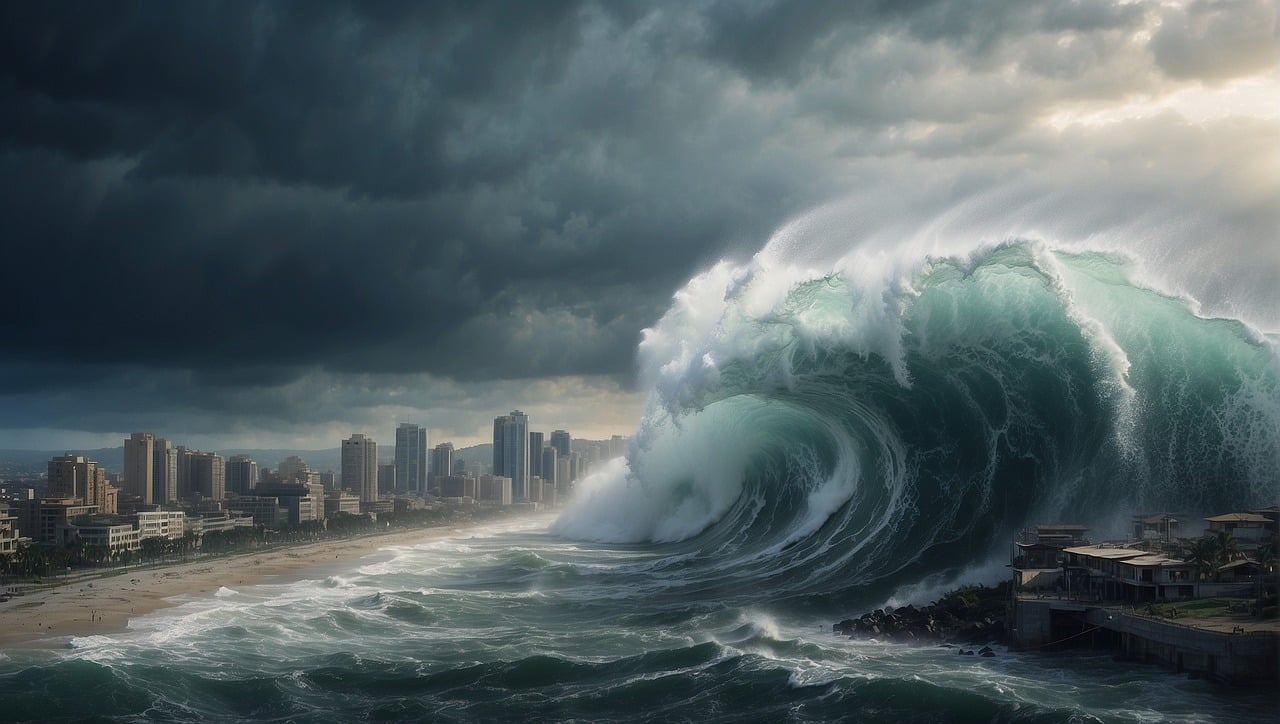by Martin Haffner Associate Editor
A 7.5-magnitude earthquake struck the Caribbean Sea north of Honduras on Saturday, prompting neighboring islands and countries to issue tsunami alerts, including an advisory for Puerto Rico and the U.S. Virgin Islands.
“There is a tsunami threat for Puerto Rico and the Virgin Islands due to sea level fluctuations and strong ocean currents,” the Pacific Tsunami Warning Center (PTWC) reported. The potentially affected areas include coasts, beaches, ports, and coastal waters.
Fortunately, shortly after, the US Emergency Alert account reported that the tsunami alert had been canceled.
CARIBBEAN: The tsunami advisory for Puerto Rico and the U.S. Virgin Islands has been canceled. (Source: PTWC)
— U.S. Emergency Alert (@ENSAlerts) February 9, 2025
Although countries like Cuba, Honduras, and the Cayman Islands were under tsunami threat for a few hours in the afternoon, around 9 PM EST, the U.S. National Tsunami Warning Center reported that “the tsunami threat has passed.”
🌊With the latest modeling and information, the tsunami threat has passed.
🟢There are no alerts posted for the United States or International Partners. The tsunami threat has passed. Unusual currents may be noticed in some areas. Exercise normal caution.
— NWS Tsunami Alerts (@NWS_NTWC) February 9, 2025
What does a tsunami advisory mean? Understanding tsunami alerts
According to the United States Tsunami Warning System, a Tsunami Advisory is issued when a tsunami is imminent, expected, or occurring, with the potential to generate strong currents or dangerous waves for those in or near the water. However, significant flooding is not expected in areas under an advisory.
Among the appropriate measures that local officials should take are closing beaches, evacuating ports and marinas, and repositioning boats in deep waters if there is enough time to do so safely.
On the other hand, a Tsunami Warning is issued when a tsunami is imminent, expected, or occurring, with the potential to cause widespread flooding. “Warnings alert the public that hazardous coastal flooding, accompanied by strong currents, is possible and may continue for several hours after the initial arrival. Warnings notify emergency management officials to take action across the entire tsunami risk area,” the agency reports.



